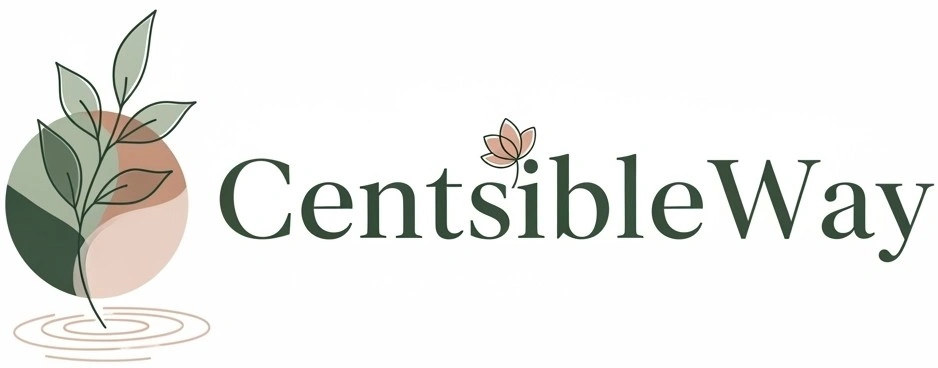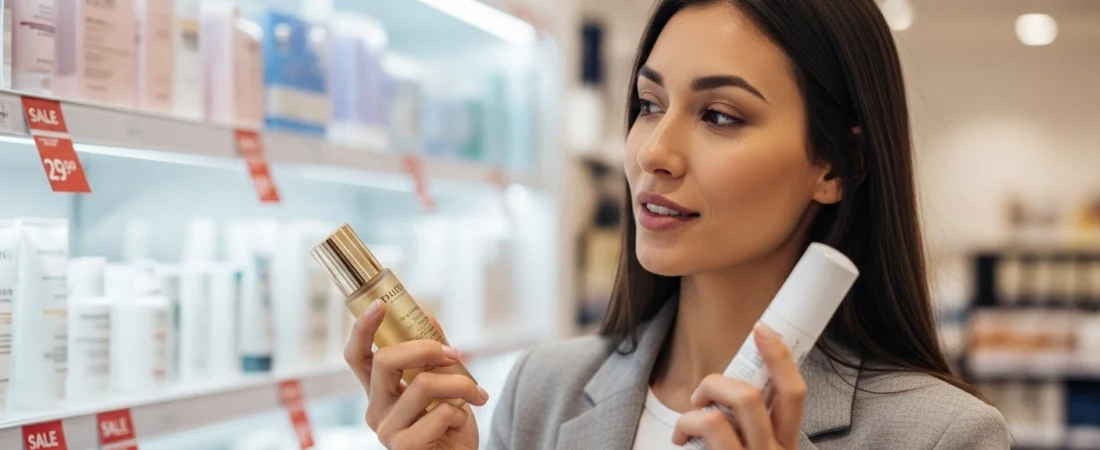The beauty industry is a master of persuasion. Billions of dollars are spent each year on marketing campaigns designed to make us believe we need a new serum, a different foundation, or a twelve-step skincare routine. The shelves are filled with products promising youth, radiance, and flawlessness. But what if we could see through the hype and make smarter choices that benefit both our wallets and our skin? It’s entirely possible. By understanding the common tricks of the trade, you can take control of your spending and build a routine that truly works for you.
The Illusion of “Must-Have” Products
Consider the sheer number of products launched every week. There are serums for every conceivable skin concern, moisturizers for every skin type, and cleansers with endless variations. The industry thrives on creating new needs. A few years ago, face mists were a niche product; now, they are a staple in many routines. This rapid-fire innovation encourages a cycle of continuous purchasing. A product is deemed “essential” one season, only to be replaced by the next “breakthrough” a few months later.
Think about a time you felt compelled to buy a product after seeing it all over social media. Perhaps a celebrity endorsed a new eye cream, or an influencer raved about a face mask. The marketing worked because it created a desire, a feeling that you were missing out. It’s crucial to remember that a brand’s primary goal is to sell you something. The promises on the bottle are designed to be persuasive, not necessarily to reflect universal results.
The Power of “Scientific” Language
Have you ever read a product description filled with complex words like “ceramides,” “hyaluronic acid,” and “peptides”? This language, often presented in a lab-coat-wearing, clinical style, is meant to instill confidence. It gives the product an air of authority and scientific backing. While these ingredients can be effective, their presence alone does not guarantee a miracle. A high concentration of a key ingredient can be very useful, but a tiny amount in an otherwise average formula might do very little.
For example, a moisturizer might boast about its “advanced peptide complex.” This sounds impressive, but what does it really mean for your skin? The actual benefit depends on the type of peptide, its concentration, and how it interacts with other ingredients. Instead of falling for the jargon, look for products with well-established ingredients that are proven to work, such as retinol, Vitamin C, or SPF.
The “Slightly Better” Trap
This is a common tactic: a brand takes a popular product and re-releases it with a small, often insignificant, change. It might be a new scent, a slightly different texture, or the addition of a trendy ingredient. They call it a “new and improved formula.” This encourages you to upgrade from a product you already own and like, simply because a newer version exists.
Think of it like this: your current moisturizer works well for you. It keeps your skin hydrated and doesn’t cause any issues. Then, the brand introduces a “hydro-boost” version with a new ingredient. You feel a pull to try it, thinking it might be a little better. In many cases, the improvement is minimal, if it exists at all, but you’ve already spent more money. Stay with what works. There is no need to chase marginal gains.
How to Shop Smarter
- Understand Your Skin’s Needs: Before you even look at products, figure out what your skin actually needs. Do you have oily, dry, or combination skin? Are you concerned with fine lines, acne, or uneven tone? By identifying your core concerns, you can avoid buying products that are completely unnecessary for you. A person with dry skin does not need a mattifying serum.
- Research Active Ingredients, Not Just Brands: Educate yourself on what ingredients do. Learn about the difference between AHA and BHA acids, the benefits of niacinamide, and the importance of sunscreen. When you know what to look for, you can find effective products at a range of price points. Many affordable drugstore brands use the same proven ingredients as high-end luxury products.
- Read Reviews with a Critical Eye: When you read reviews, look for patterns. Are many people saying the same thing, or is it a mix of extreme opinions? Be wary of reviews that sound overly polished or use marketing language. Instead, look for reviews that offer specific details about the product’s performance, like “it didn’t feel greasy” or “it reduced my redness.”
- Embrace Simplicity: A complex, multi-step routine is not always better. Sometimes, it can even cause irritation. A simple routine with a gentle cleanser, a good moisturizer, and a quality sunscreen is often all you need. You can always add a targeted serum for a specific issue later.
- Use It Up Before You Buy More: Resist the urge to buy a new product when you still have half a bottle of something else at home. This simple rule prevents a massive stockpile of half-used bottles and helps you save money over time.
By shifting our perspective from reacting to marketing to making informed decisions, we can save significant money and build a beauty routine that is genuinely effective. It is about being an informed consumer, not a perpetual customer.

